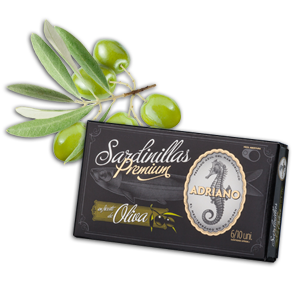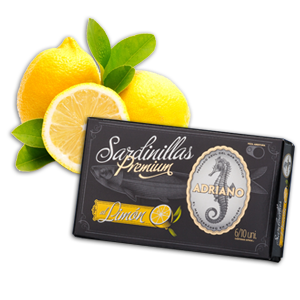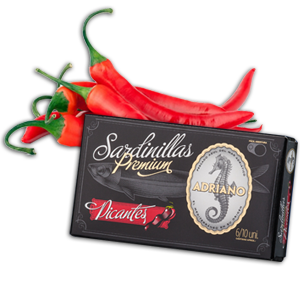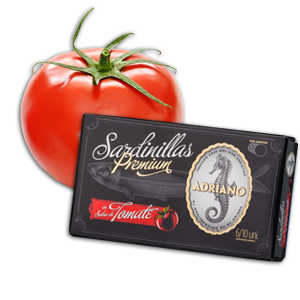History of salting
Throughout history sardines and anchovies were fished on nights without moonlight from April to October. Almost all catches (except those which served for immediate consumption) were preserved by salting. The fish salting procedure is very simple - you begin by laying down a row of sea salt then a row of fish, then a row of salt, then a row of fish, then a row of salt in an appropriate vessel, most often a wooden barrel. In the end a weight is placed on top and left to sit for a month or so. The salt extracts water from the fish and preserves it in the process. Sardines and anchovies are the fish most often salted.
The majority of salted sardines and anchovies were exported to the Venetian and Austro-Hungarian Monarchy. Salted sardines and anchovies are one of the fundamental autochthonous foods in the coastal region. They were consumed while socialising with wine, as a snack or as a basic coastal dish, with pastry tatters, fried, served with polenta or with tomatoes added to flat bread (the flat bread stuffed with salted sardines, tomatoes and olive oil from Komiža is famous). Many insist that the taste of salted sardines is better than prosciutto. Salted sardines and wine are an essential part of the ambiance of Dalmatian konoba (wine cellars)
Canning
Sardines got their name from Sardinia, the Italian island on which fishermen once encountered large schools of these fish. Raw sardines are very tasty, however they spoil quickly so we most often eat them canned. People have eaten them for ages, however it was Emperor Napoleon Bonaparte, who introduced canning of sardines to feed his people, who added to the popularisation of this small fish.
They were a particular favourite in the USA at the beginning of the 20th century, while today, given that people have discovered what a valuable source of omega-3 fatty acids they are, they have once again become popular.
Concerned about the state of pollution in the sea, people are reaching for sardines because, given that they only eat plankton, they are at the bottom of the marine food chain and that is why they don't accumulate heavy metals, such as mercury and other poisonous substances, like other fish. Although they are small, they greatly contribute to a healthy way of eating.
About marinating
Marinating fish is one of the oldest preserving methods because the concentration of salt and vinegar may prevent the development of harmful microorganisms for longer periods of time. There is documentation which proves that marinated fish was exported from the Croatian coast to Venice back in the 14th century; that Rome was supplied with it in the 15 century; that in the 16th century there was a ship route for the export of marinated fish to Ancona. In the past, fish was marinated in three ways on the Croatian coast. The first way - cold marinating, used raw fish which were transformed into a tasty meal by adding vinegar and salt. This dish is also known under the name rusli and rolmopsi. The second way - fried or baked marinated fish, where the fish was first cooked and then a marinade made of wine vinegar, salt and oil with added herbs and spices was poured over it. Marinated fish has an exceptionally spicy taste. The third method of marinating - cooking the fish in a mild brine mixture for 20 minutes, is the most rarely done today. In the middle ages fish prepared in this way in our country achieved the highest price in Venice. After cooking in vinegar, when the mixture cooled down, various herbs would be added, so that gelatine would form around the fish which was considered a supreme delicacy. Fish in gelatine can be used 3 - 4 months. Larger fish were marinated in this way.






